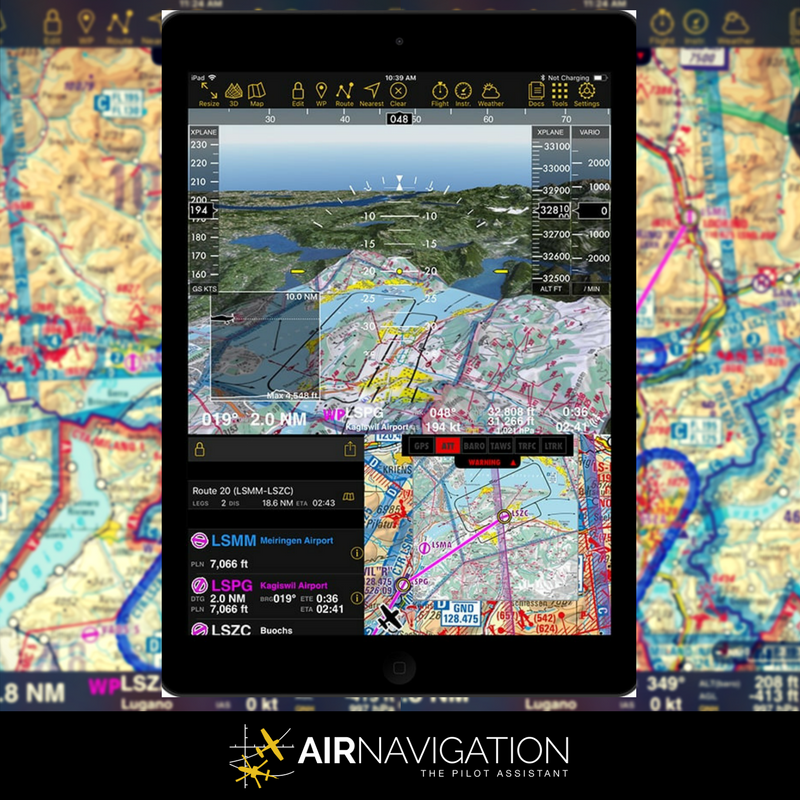

The 22-month project culminated in a successful lab demonstration involving the five ANSPs, which was conducted from 10 to. (AEROTHAI), the Civil Aviation Authority of Singapore (CAAS), the Federal Aviation Administration (FAA), the Japan Civil Aviation Bureau (JCAB) and NAV CANADA worked together to develop these capabilities and tested them across different scenarios of routes, traffic and weather conditions.

In the first-ever multi-regional TBO project, the Aeronautical Radio of Thailand Ltd. Multi-regional TBO is expected to fundamentally change the way air traffic is managed and yield significant benefits by improving safety and efficiency minimising delays and disruptions cutting travel cost and time and reducing fuel burn and carbon emissions.įor TBO to be a reality, ANSPs need to agree to manage and optimise flights jointly and collectively, rather than individually and separately, and develop the technologies (machine) including advanced analytical tools using artificial intelligence and machine learning, skills (human) and protocols (methods) for information exchange, data security, trajectory negotiation and collaborative decision-making. Under TBO, ANSPs jointly plan and optimise, from departure to landing, an aircraft’s entire flight trajectory across regions and countries, taking into account conditions such as weather, aerial activities, airspace closures and traffic. The air navigation service providers (ANSPs) of Canada, Japan, Singapore, Thailand and the United States have worked together to successfully conclude a lab demonstration of the world’s first-ever multi-regional trajectory-based operations (TBO), a big step forward in making cross-regional air traffic management a reality.Ĭurrently, ANSPs provide air navigation services to aircraft separately and independently, only as and when aircraft traverse within the Flight Information Region(s) under their respective responsibility. The ORs are required to support the expansion of the CNS/ATM capabilities at Dubai International Airport (DIA) and Dubai Approach Unit located at Al Maktoum International Airport (AMIA).22-month long project showed safety, efficiency and sustainability benefits LEAPP also carried out Peer Review the AT3 enhancement including the Dubai Air Navigation Services Operational Requirements AT3. The Consultant provided general commentary of the text contents and drawings/ designs using ICAO standards as the basis and provided an assessment of the CNS/ATM systems required within the airfield.įor the Cardinal Point Specification, LEAPP identified the improvements required to the Dubai Approach Unit AT3 System to deliver the objectives specified in the CPS".


#AIR NAVIGATION PLAN UPDATE#
For the Airport Master Plan Review, LEAPP highlighted and identified issues concerning whether the Consultants' update of the AMIA Master Plan 2050 presents an acceptable future vision and whether the document is complete. LEAPP reviewed DAEP’s Consultant’s update to the AMIA Master Plan 2050 CNS/ ATM and conducted Peer Review on Cardinal Point Specifications & AT3 Enhancement. Procurement specification and contracting requirements were established to implement the system.Īreas of Expertise: Airport Master Planning, Air Navigation PlanningĬountry: Arab States: United Arab Emirates An automated AIS was also specified, and the requirements for total automation of this using a computerised database of all civil aviation information (airport data, telecommunications, navigation systems, aeronautical charts and mapping, instrument approach procedures etc.) were defined. Procurement specification and contracting systems were reviewed and requirements established to implement the systems. An examination was made of the current radar surveillance capability and requirements were established for upgrading radar systems to PSR/MSSR to enable fail-safe dual radar coverage of the Athens and Macedonian Flight Information Regions. Project carried out for the European Union (DGXVI) to review the national requirement for upgrading the radar systems in Greece, and to develop and implement an automated aeronautical information system, based on computerised database and standardised retrieval systems. Areas of Expertise: Air Navigation PlanningĬountry: Europe and North America: Greece


 0 kommentar(er)
0 kommentar(er)
